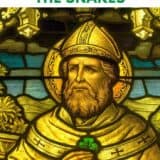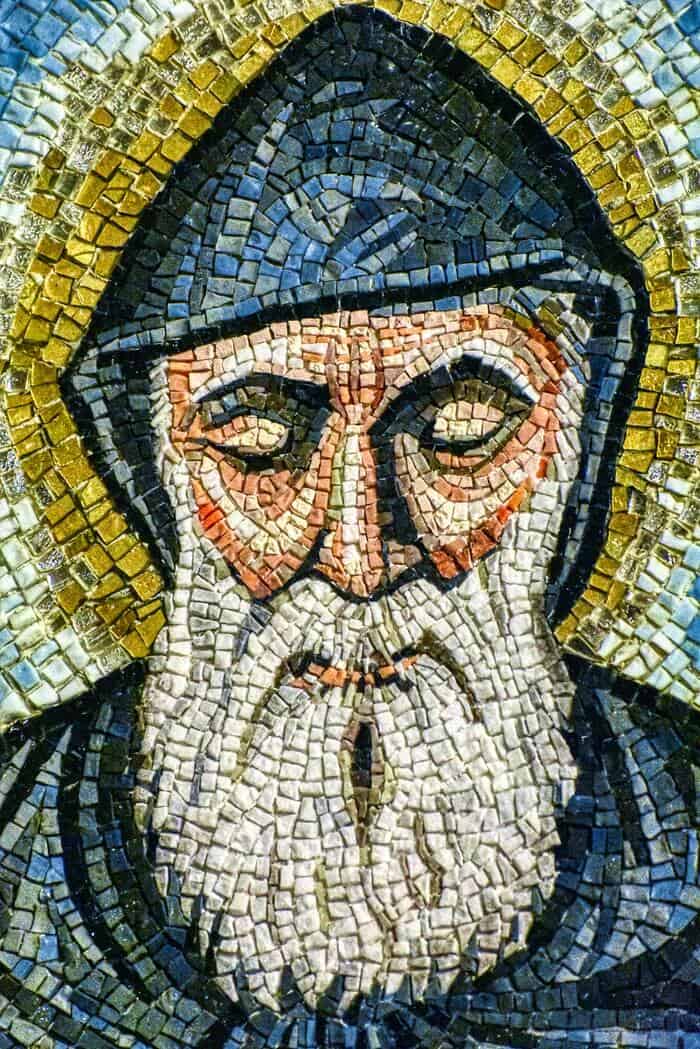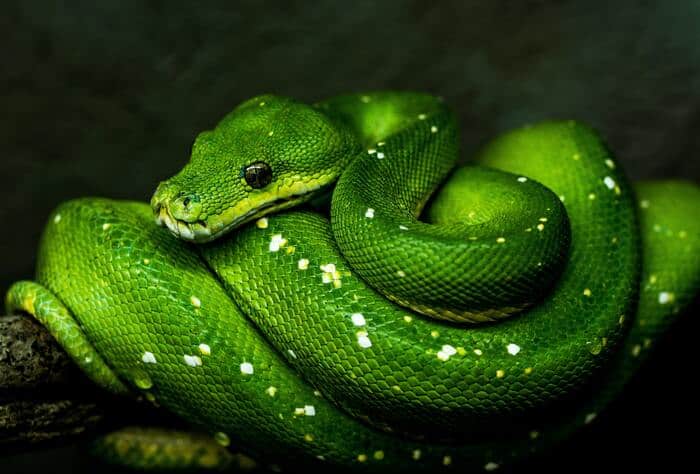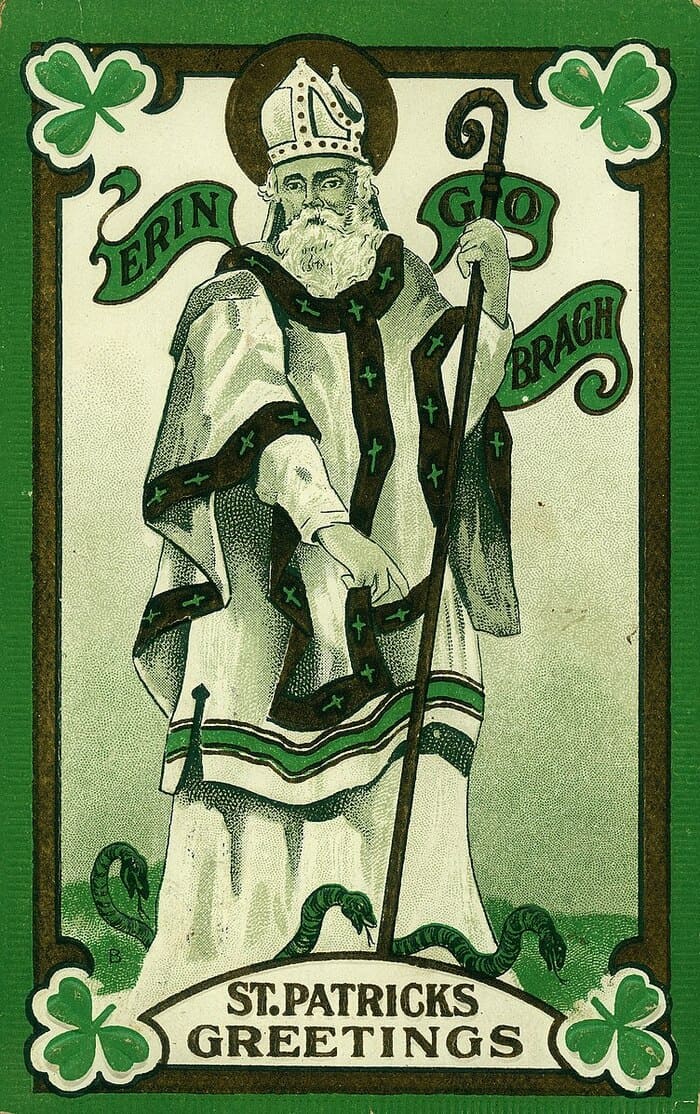The Truth About St. Patrick, Snakes, and Pagans
So, about that snake myth…
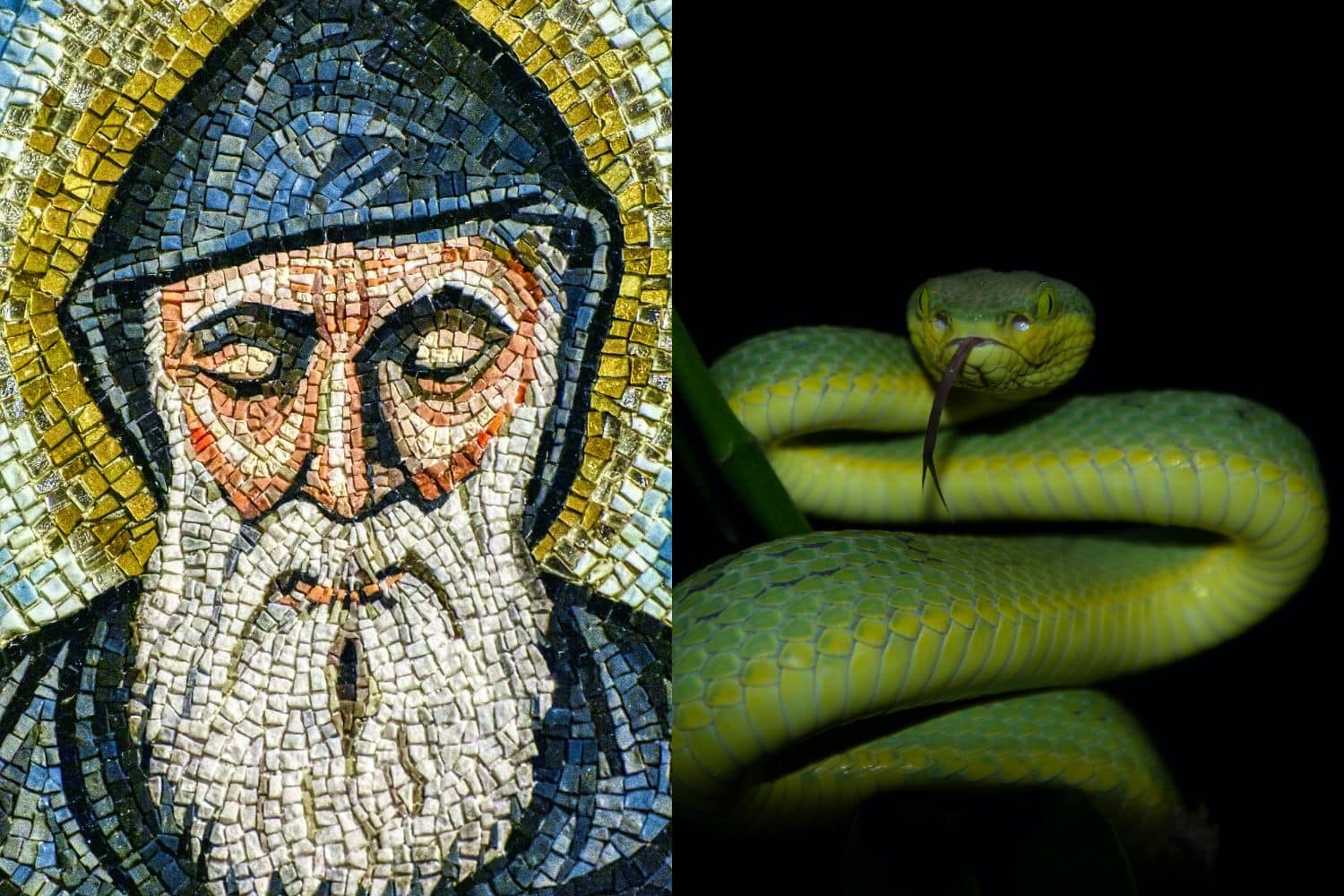
As an Amazon Associate we earn from qualifying purchases. This post may contain affiliate links from Amazon and other sites that we collect a share of sales from. You may learn more here.
One of the most popular legends about St. Patrick is that he drove the snakes from Ireland. And that, because the Emerald Isle doesn’t actually have serpents, those snakes were a metaphor for pagans.
As a young pagan, I believed this myth and would don a temporary snake tattoo every St. Patrick’s Day. Or, I’d wear all black in an anti-St. Patrick’s Day statement. Because, the idea that Saint Patrick drove out the pagans is an easy belief to get behind.
The problem is that it’s not true.
You still don’t have to like the guy, but here’s who St. Patrick actually was and the truth about his relationship with the Irish pagans.
Who Was St. Patrick, Really?
St. Patrick wasn’t Irish. He was born Maewyn Succat between 370 and 390CE in Wales or Scotland, while Britain was a part of the Roman Empire. At 16, he was captured during an raid and spent the next six years enslaved as a shepherd in Ireland.
According to his letters documented in the The Confessio or The Confession of Saint Patrick, it was during this time that he began to have religious visions that showed him how to escape.
St. Patrick wrote, “After I arrived in Ireland, I tended sheep every day, and I prayed frequently during the day. More and more the love of God increased, and my sense of awe before God. Faith grew, and my spirit was moved, so that in one day I would pray up to one hundred times, and at night perhaps the same.
I even remained in the woods and on the mountain, and I would rise to pray before dawn in snow and ice and rain. I never felt the worse for it, and I never felt lazy – as I realize now, the spirit was burning in me at that time.
It was there one night in my sleep that I heard a voice saying to me: ‘You have fasted well. Very soon you will return to your native country.’ Again after a short while, I heard a someone saying to me: ‘Look – your ship is ready.’
It was not nearby, but a good two hundred miles away. I had never been to the place, nor did I know anyone there. So I ran away then, and left the man with whom I had been for six years. It was in the strength of God that I went – God who turned the direction of my life to good; I feared nothing while I was on the journey to that ship.
The day I arrived, the ship was about to leave the place. I said I needed to set sail with them, but the captain was not at all pleased. He replied unpleasantly and angrily: ‘Don’t you dare try to come with us.’ When I heard that, I left them and went back to the hut where I had lodgings.
I began to pray while I was going; and before I even finished the prayer, I heard one of them shout aloud at me: ‘Come quickly – those men are calling you!’
I turned back right away, and they began to say to me: ‘Come – we’ll trust you. Prove you’re our friend in any way you wish.’ …They were pagans, and I hoped they might come to faith in Jesus Christ. This is how I got to go with them, and we set sail right away.”
After escaping and returning to Britain, he followed in his family’s footsteps and studied Christianity. His father, Calpornius, had been a deacon and his grandfather, Pontius, had been a priest.
Then, he was called by another vision to return to Ireland as a Christian missionary. He did, eventually becoming a bishop and the patron Saint or Apostle of Ireland. And, as we all know, he’s celebrated every year on March 17th.
But What About Him Driving The Snakes or Pagans Out of Ireland?
St. Patrick didn’t launch a crusade against Irish pagans. During the 5th century, he did convert some people to Christianity. Some of those people kept their pagan customs which now looked different under the new monotheistic belief structure. Ostara became Easter. Brigid transformed from a goddess into a saint.
Despite being a devout Christian and found the pagan beliefs “unclean,” he lived among them without wanting to persecute them (or have them do the same to him). At least that’s how I interpret Section 48 of The Confessio which reads:
“You all know, and God knows, how I have lived among you since my youth, in true faith and in sincerity of heart. Towards the pagan people too among whom I live, I have lived in good faith, and will continue to do so. God knows that I have not been devious with even one of them, nor do I think of doing so, for the sake of God and his church.
I would not want to arouse persecution of them and of all of us; nor would I want that the Lord’s name should be blasphemed on account of me; since it is written: “Woe to the one through whom the name of the Lord is blasphemed.”
After St. Patrick, Ireland still remained mostly pagan until the 9th century.
So Where Did the Snake Myth Come From?
Over the thousands of years between then and now, lots of myths have emerged, including the snake one. And, one about him putting shamrock in ale. Which, sure, he might have done. Everyone loves a garnish.
The myth about him fighting the Druids and banishing the pagans stems mostly from The Life of Saint Patrick, written by Muirchu Maccu Mactheni in the 7th century. You can read an English translation of it here.
The Life of Saint Columbia written in the 7th or 8th century also mentioned banishing of snakes. If I were to pontificate on what happened, I’d guess that it sounded like an exciting, memorable story and people ran with it as the primary legend.

